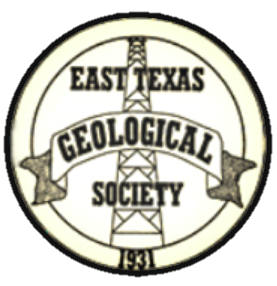FEBRUARY 2025 LUNCHEON MEETING
DR. ZACHARIAH FLEMING
presents:
Style and Timing of Extension in Southern Death Valley, CA:
Insights from Detailed Mapping and Thermochronology
11:30 AM Wednesday, February 19, 2025
at Willow Brook Country Club
3205 W Erwin St.
Tyler, TX 75702
Cost: $25 if you RSVP
$30 at the door if you do NOT reserve
Abstract
The Death Valley region has long been an important study site for our understanding of continental extension, transtension, and the evolution between the two. It is the type locality of the “pull-apart basin” and one of the early suggestions for the applicability of the “rolling-hinge model.” This presentation will discuss the evolution of southern Death Valley, which has been overprinted by multiple generations of extension, and the implications on previously applied extensional models for the region. In particular, this talk will suggest a refinement of the rolling-hinge model to southern Death Valley as detailed mapping suggests a lack of a singular detachment surface, necessary to the model. Additionally, recent thermochronology provides new constraints on the timing of extension and, when paired with geochronology of the adjacent syn-extensional basin, helps to define an updated model for extension in this part of the Death Valley region.
Biography
Dr. Zachariah Fleming is currently an Assistant Professor at Stephen F Austin State University. He completed his Bachelor of Science in Geology with The College of William & Mary where his undergraduate research focused on geologic mapping in Wayne County, Utah. He received his doctoral degree from The University of Texas at El Paso in 2018 where he conducted geologic mapping and structural interpretation in southern Death Valley. His research also included developing methodologies for outcrop model registration. Fleming’s current research focusses on continuing to understand the timing and kinematics of southern Death Valley tectonics through mapping and thermochronology, geologic mapping in the central Ouachitas, the incorporation of remote sensing technologies into field geology and teaching, and fracture characterization.

